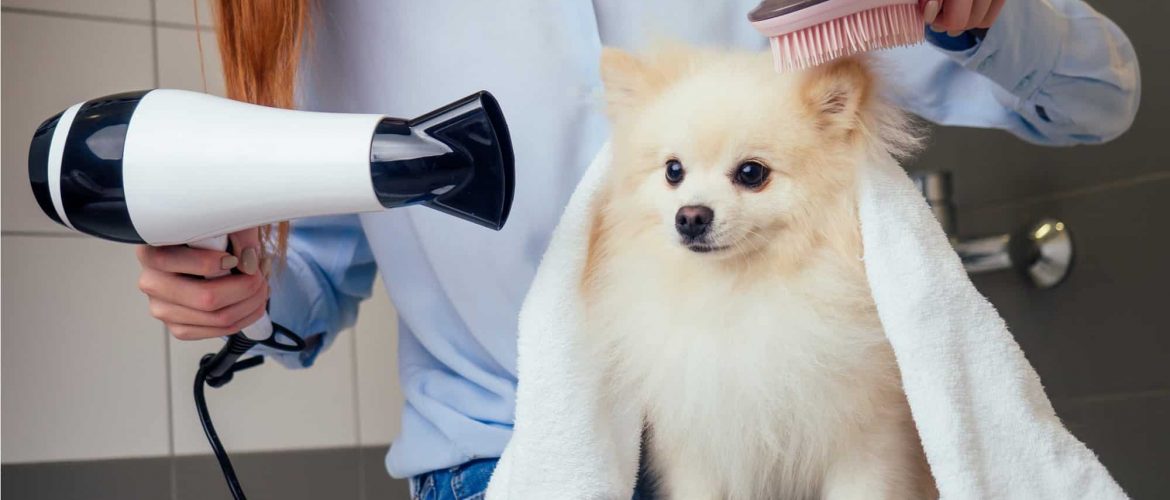Grooming isn’t just about keeping your pet looking good; it’s also crucial for their overall health and well-being. Regular grooming sessions help prevent matting, skin irritations, and infections. Whether you have a dog, cat, or another furry friend, here are some essential grooming tips to ensure they stay happy and healthy.
- Brushing: Regular brushing is vital for pets with fur or hair, as it helps remove loose hair, prevents matting, and distributes natural oils throughout the coat. The frequency of brushing depends on your pet’s breed and coat type. Long-haired pets may require daily brushing, while short-haired breeds can usually be brushed a few times a week. Use appropriate brushes and combs designed for your pet’s coat to avoid discomfort or injury.
- Bathing: Bathing frequency varies depending on your pet’s lifestyle and coat type. Generally, dogs should be bathed every 4-6 weeks, while cats may need less frequent baths unless they get dirty or have skin issues. Use a mild pet shampoo specifically formulated for their species and coat type. (Ask our staff for shampoo recommendations and about what we have available at our clinic!) Be sure to rinse thoroughly to remove all soap residue, as leftover shampoo can irritate your pet’s skin.
- Nail Care: Regular nail trimming is essential to prevent overgrowth, which can cause discomfort and difficulty walking. Trim your pet’s nails every 2-4 weeks, depending on their activity level and the rate of nail growth. Use pet nail clippers and be cautious not to cut into the quick, which contains blood vessels and nerves. If you’re unsure, ask your veterinarian or a professional groomer for guidance. At Heart Arrow we offer nail trims done by our techs, call us for pricing and scheduling.
- Ear Cleaning: Check your pet’s ears regularly for signs of redness, swelling, or odor, which could indicate an infection. Clean their ears gently using a veterinarian-approved ear cleaner and cotton balls or pads. Avoid inserting anything deep into the ear canal, as this can damage the eardrum. If you notice any abnormalities or your pet shows signs of discomfort, consult a vet promptly.
- Dental Care: Dental hygiene is crucial for your pet’s overall health. Brush your pet’s teeth regularly using a pet-safe toothbrush and toothpaste. Start slowly and be patient, gradually introducing your pet to the process. Dental treats and toys designed to promote oral health can also help keep your pet’s teeth clean and healthy. Schedule regular dental check-ups with your veterinarian to address any dental issues early on.
- Fur Trimming (if necessary): Some pets may require occasional fur trimming, especially around the eyes, ears, paw pads, and sanitary areas. Use blunt-tipped scissors or electric clippers designed for pet grooming. Take your time and proceed carefully to avoid accidental cuts or injuries. If you’re unsure or uncomfortable trimming your pet’s fur yourself, consult a professional groomer for assistance.
Regular grooming is an essential part of responsible pet ownership. By following these grooming tips, you can help keep your furry friend looking and feeling their best while strengthening the bond between you. Remember to approach grooming sessions with patience, gentleness, and positivity, turning them into enjoyable experiences for both you and your beloved pet.

